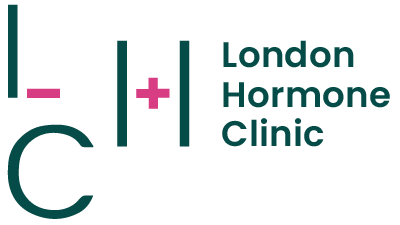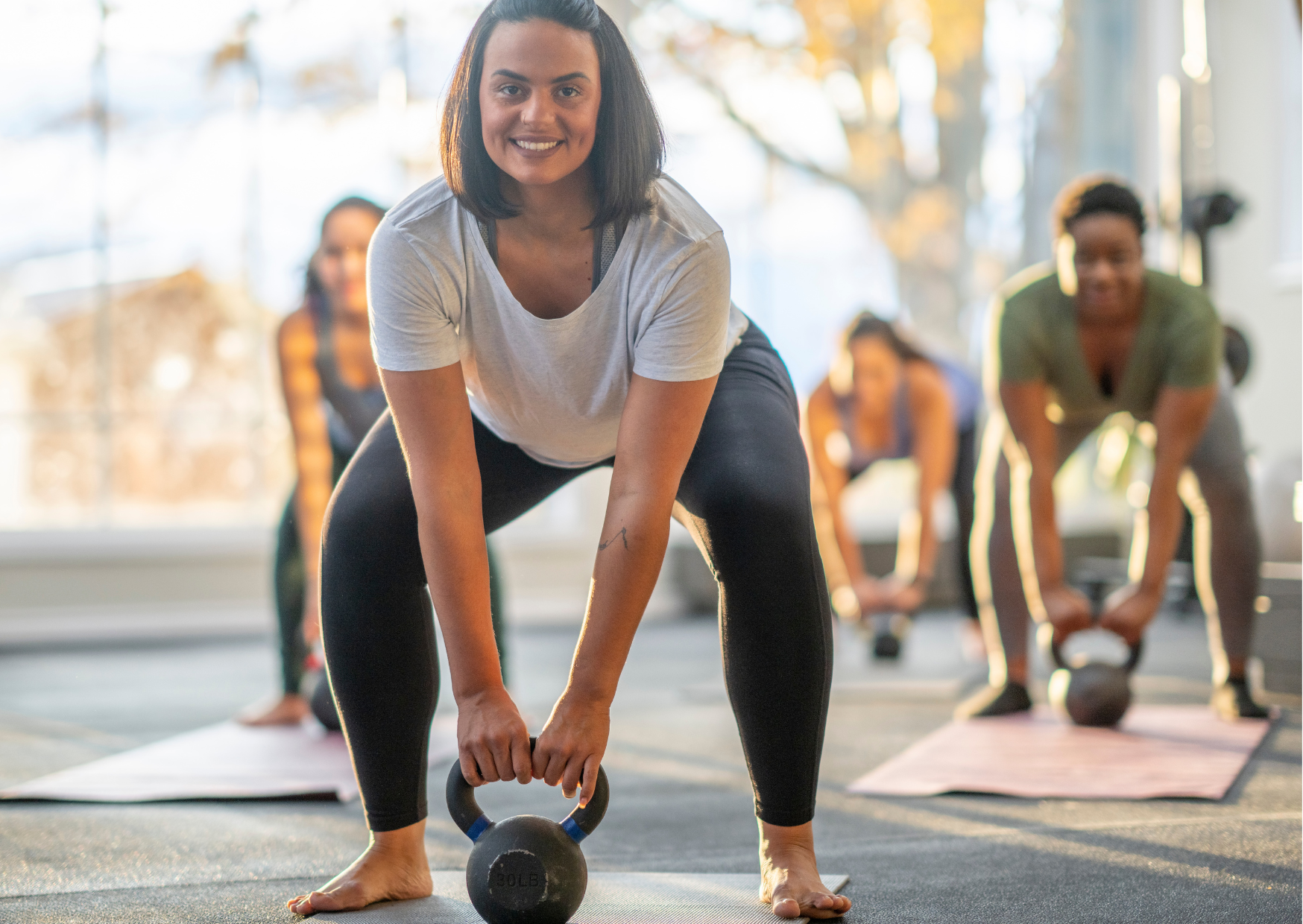Exercising through perimenopause and menopause
Exercise may have all been about cardio in your twenties and thirties, but as we move from one decade to the next, we should change the way we workout. There’s so much information out there about the right way to exercise it can be utterly confusing, so we asked our partner health and movement coach, Jodi Montlake to explain what we should do, and why.
It may sound grim, but from the age of sixty-five onwards, there’s a huge increase in falls, fractures, and risk of death. We may not be thinking about osteoporosis, osteopenia, or sarcopenia in our forties; we may not have even heard of these things, but they should be on our radar. Why? Because when we hit the perimenopausal/menopausal age bracket, oestrogen starts to fluctuate and then deplete, and this has a big impact on bone density and muscle mass. It’s not just women though, men are affected by ageing too, but not always in the same way.
The gender divide
When it comes to achieving longevity (basically living well for longer) there are lots of comparisons between the way men and women age. The passage of time affects bone and muscle strength in both genders, but women experience more decline than men, because of hormonal changes, increasing their risk of osteoporosis, osteoarthritis and sarcopenia (muscle loss). Strength training, balance, and co-ordination exercises are crucial to reduce the risk of falls. And although that may seem like something a sixty- or seventy-year-old should be concerned about, the sooner you start, the better.
Stay stronger for longer
Muscles, joints and ligaments are particularly affected by hormones and that’s why the amount of weight-bearing (or resistance as it’s also known) exercise we do should increase as we age. Weight-bearing exercise is when you engage in activities that involve pushing, pulling, twisting or turning against resistance, such as gravity or weights. Using hand-weights, or resistance machines in the gym is weight-bearing and some repetition is key, as is challenging yourself, so that when you come to the end of a set of exercises, you’re finding them really tough.
Strength training is also important. This is where you use really heavy weights, so much so, that you can only do six repetitions or less. There are different types of strength training: strength power training involves using a really heavy weight for a very short period of time. This builds muscle strength and power, which is vital as we age. Resistance training has around six to twelve repetitions per set, this serves to build strength, whilst maintaining balance and flexibility. And then there’s muscular endurance training which can sometimes be up to one hundred repetitions. This helps to sustain a reasonably light-moderate force over an extended period of time – carrying shopping bags as you walk, for example.
It's all about balance
Building strength becomes increasingly important as we age, but that’s not to say you should ditch your yoga sessions or cardio and concentrate solely on weights. Not at all. It’s all about balance and ideally you should choose activities from each of the three exercise groups: cardio, weight-bearing and holistic, whilst shifting the focus so that weight-bearing makes up more of your weekly workout. It’s also about building up your workouts as you go, so you’re using more resistance and maybe doing more sets to build strength and challenge yourself.
Don’t know where to start?
Worry not. There are plenty of apps and online workouts to get you going. If you’re a gym member, there will be fitness coaches on hand to set you a programme and help you build on that after a month or so. And yes, this type of exercise can be dull and repetitive, but it doesn’t have to be. You can join a class if you prefer social rather than solitary workouts or watch a film whilst you weight-bear at home. And if the thought of switching the exercise you enjoy for something you don’t horrifies you, then add in weight-bearing workouts slowly and do them alongside the activities you love.
Weight-bearing comes first
Often when you join a gym, you’re given a workout programme and usually this starts with cardio and ends with weights. It’s now time to switch that around. Warm up first, then do your resistance work, and finally your cardio. This is all about putting strength training first. And, if you’re a runner or swimmer, do some weight-training before you hit the road or pool so you’re still full of energy.
A word about fat
Like bone health, fat distribution affects men and women differently, and changes as we age. Women often store fat in the hips, thighs, and bottom but there’s a shift to abdominal fat (visceral fat) during menopause, sometimes known affectionately (or not) as ‘menopause belly.’ Men tend to accumulate fat around the abdomen as they age, which affects cardiovascular health and for this reason, and because heart disease is the biggest killer in the UK, everyone can benefit from targeted fat burning exercises and a healthy diet to manage weight and improve heart health. That said, when it comes to losing weight, the best way to do this is through diet. You are, after all, what you eat, and good nutrition is even more important as we age.
And finally…
If you’re lacking incentive, or just not up for the gym, remember the more you work your body as you age, the better protected you will be from future falls and ailments. Strength train now to live longer and live stronger. Your future self will thank you.

